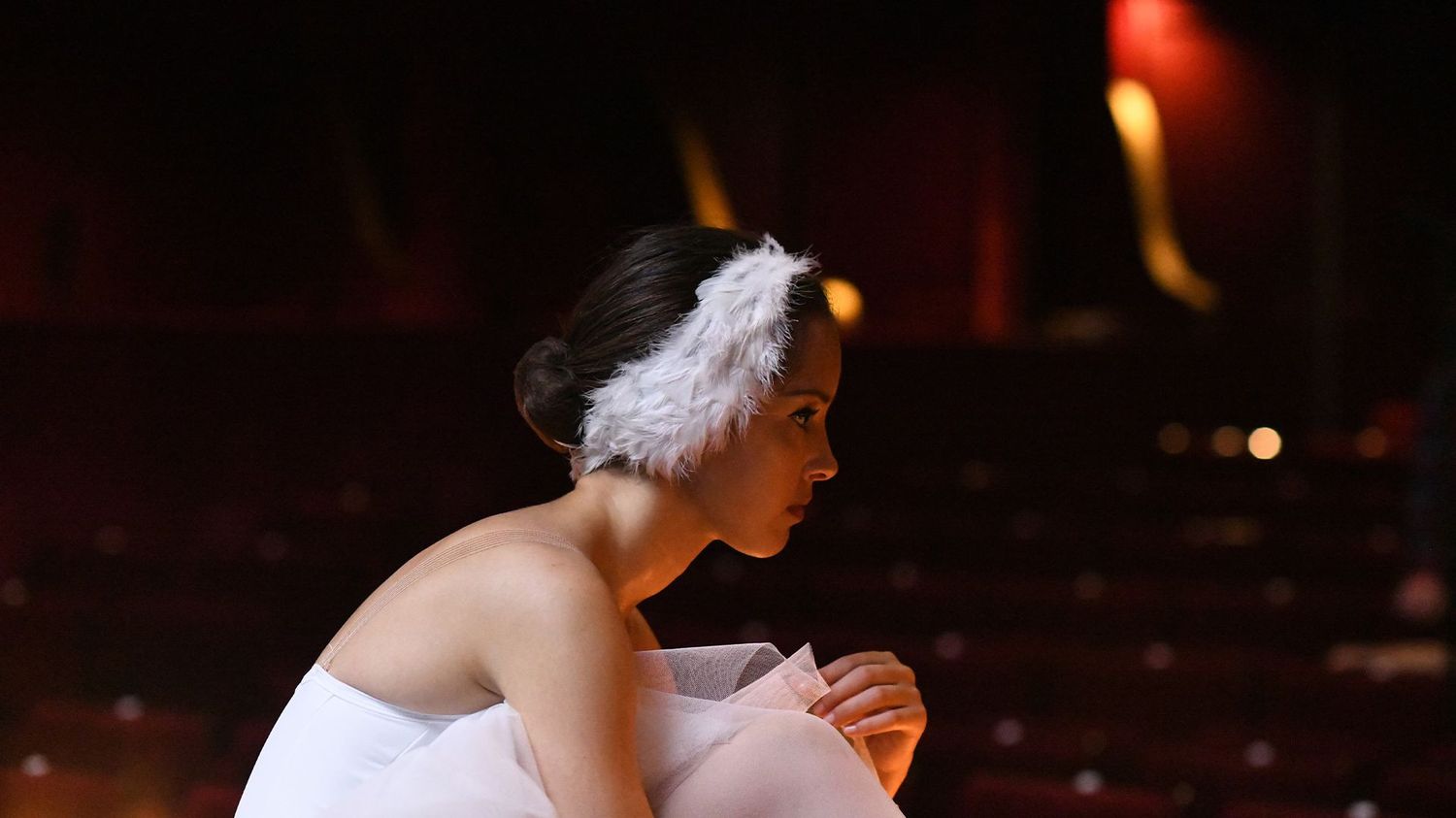The cinema outings of the week with Thierry Fiorile and Matteu Maestracci. “Houria” by Mounia Meddour, “All the beauty and the blood spilled” by Laura Poitras and “Crazy Bear” by Elizabeth Banks.
César for best first film and César for best newcomer for Lyna Khoudri, who can be found in Houria, the director Mounia Meddour continues her auscultation of Algerian society, after the years of civil war. In Algiers today, Houria, Lyna Khoudri is a talented classical dancer, who at night participates in clandestine bets. One evening when she wins big, a man attacks her violently.
Traumatized, her body bruised, she loses the use of speech, and rebuilds herself with disabled women, most of them mute like her. It is through the collective female experience, contemporary dance, sign language, that Houria recovers. A fine metaphor for Algerian youth, including the revolt, the Hirak ( weekly protests that took place between 2019 and 2021)did not get the better of a patriarchal, traditional, locked, violent and corrupt system.
Unable to show her films in Algeria, Mounia Meddour documents the drift of Algeria through fiction, and her complicity with Lyna Khoudri, whom she had revealed with Papicha, and who has since made a formidable career, illuminates this film.
All the beauty and the bloodshed by Laura Poitras
The American documentary filmmaker has been making an impression for several years with her committed films, such as Citizenfour on Edward Snowden. Here, she seizes on another social subject, the opiate crisis in the United States, or how over the past 20 years, these opium derivatives, normally prescribed drop by drop as painkillers, have become commonplace, causing hundreds of thousands of addictions and a serious health scandal, with the complicity of the American health authorities, granting authorizations to pharmaceutical manufacturers, and in particular the famous Sackler family.
Laura Poitras chooses to tell this scandal, following the fight of photographer Nan Goldin, herself a former addict, whose punk life, protest art, and the idea of a bohemian America, on the fringes, she will also tell , unconventional, especially at the height of the AIDS years.
And above all, don’t be fooled by the preconceived ideas one might have about such a work, it’s neither complex nor intellectual, All the beauty and the bloodshed is a wonderful documentary, often edifying, sometimes moving, which highlights an important artist, Nan Goldin, perhaps still underestimated today, and which tells her intimate story, her loved ones who were victims of AIDS who fell by the dozens into the 80s, or the story of his sister Barbara, who killed herself because she was a lesbian, in a society that did not yet accept her.
